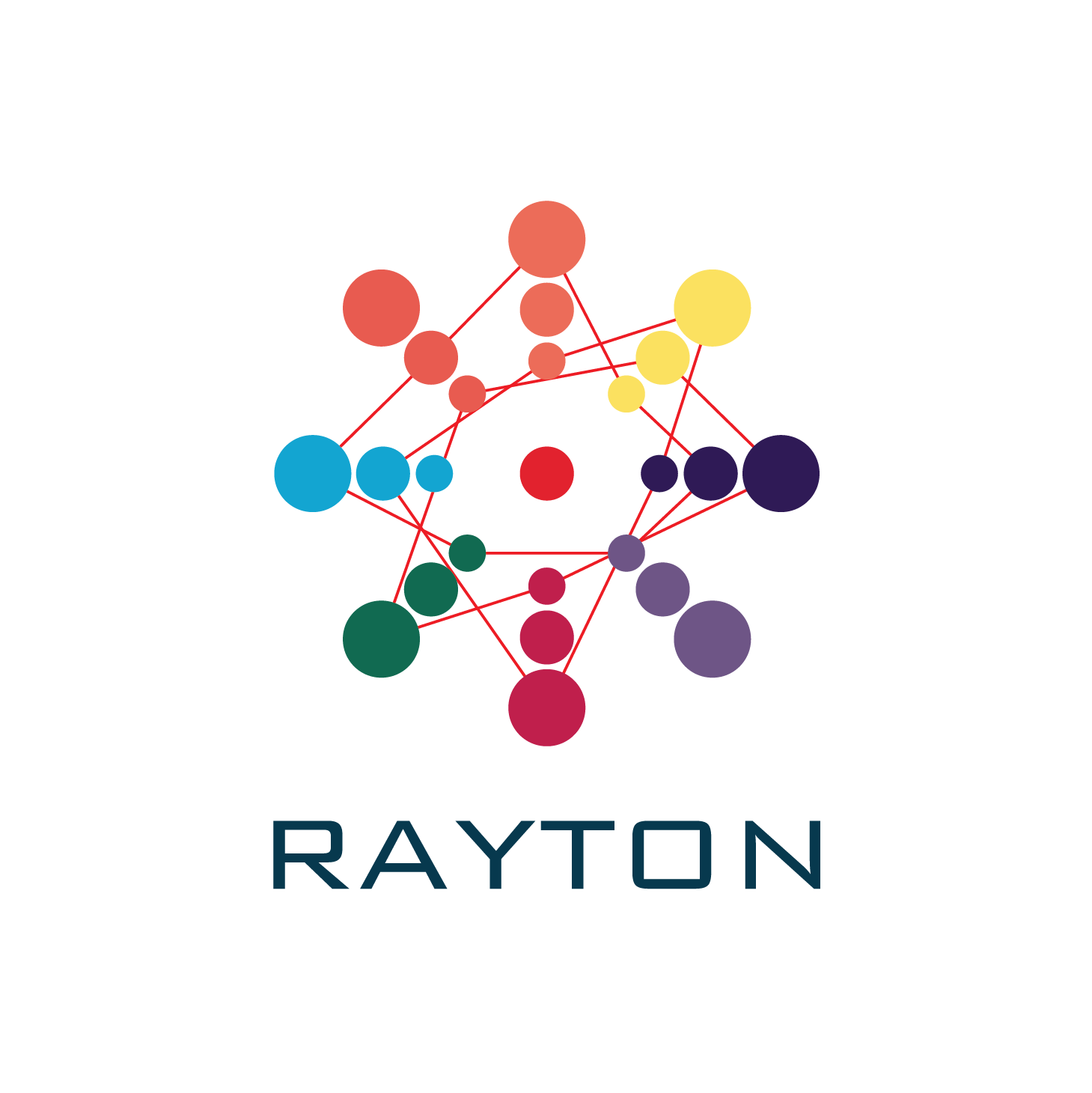.png)
Manufacturing Efficiency
Diamond wire saws are currently the standard for cutting semiconductor materials for the electronics industry. This conventional method involves cutting the raw materials with a physical friction mechanic that wastes half the processed materials and cannot cut materials down to the two micron wafer thickness without significant yield loss or breakage.

ABOUT US
How Rayton Changes the
Semiconductor Equation
Technology
We intend to use a high-current, high-voltage proton particle accelerator to slice GaAs wafers, reducing waste by up to 50%.
Because of this, our particle accelerator is capable of making up to 100 times as many wafers with the same amount of semiconductor material as our competitors use to make just one wafer.
_edited.png)
The Market
The markets for products created on our wafers are diverse and increasing in demand.
.png)
.jpg)
In the fast-growing 5G network, high-power coupled with high-frequency transistors are necessary in transmission towers and mobile handsets. GaN is particularly well suited for such applications. Further, the high-speed receivers in cellular phones will likely be built on GaAs wafers.
The wafers used for fabrication of all these components can seamlessly be replaced by our engineered wafers without any modification of downstream equipment. Thus, Rayton’s end-product can be plugged into existing fabrication facilities, reducing material costs for those manufacturers.
There are additional high-potential growth markets that our engineered wafers will significantly impact. These include automotive, aerospace, LEDs, and solar. For instance, modern automotive technologies such as RADAR, LIDAR, 3D Imaging, blind-spot detection, and 5G-based ‘vehicle-to-x’ communication -- many of which are critical for autonomous vehicles --rely upon devices built on GaAs wafers.


About Our Fabrication Process
First, protons are accelerated within our particle accelerator and implanted a few microns deep into a semiconductor wafer (e.g. GaAs, SiC, or GaN).
Second, the implanted wafer is bonded to a less expensive, compatible carrier wafer. For example, sapphire is a good option as the carrier wafer for GaAs bonding.
Third, with a thermal annealing process, a thin layer of the semiconductor material is exfoliated from its original wafer, while maintaining the bond with the carrier wafer. This process can be used to produce an engineered wafer that has a device layer of a few microns on a carrier wafer.
For instance, two-micron thick layers of GaAs on sapphire can be produced. The advantage of this process is that the original wafer can be reused up to 100 times which produces up to 100 engineered wafers for each source wafer.

